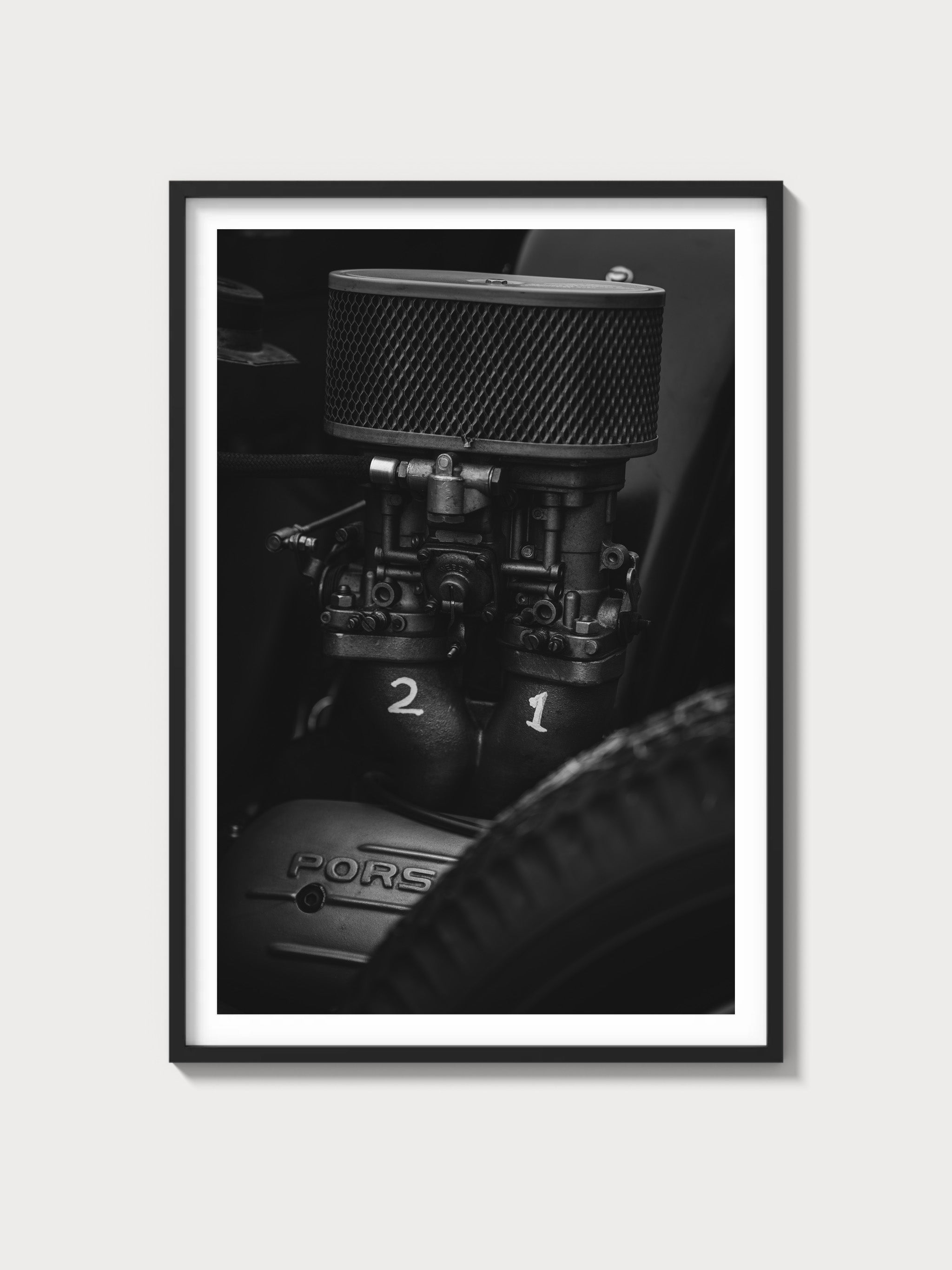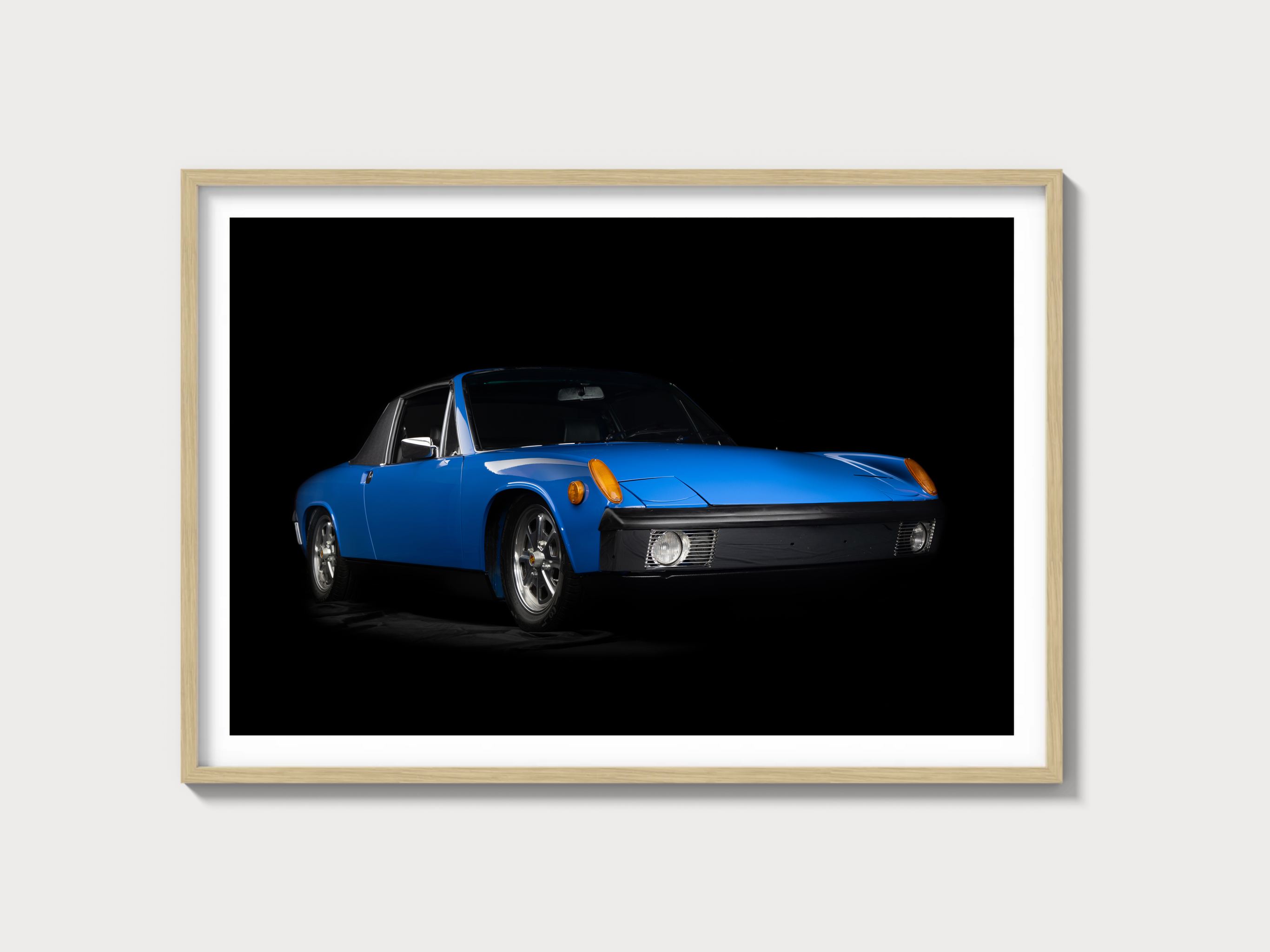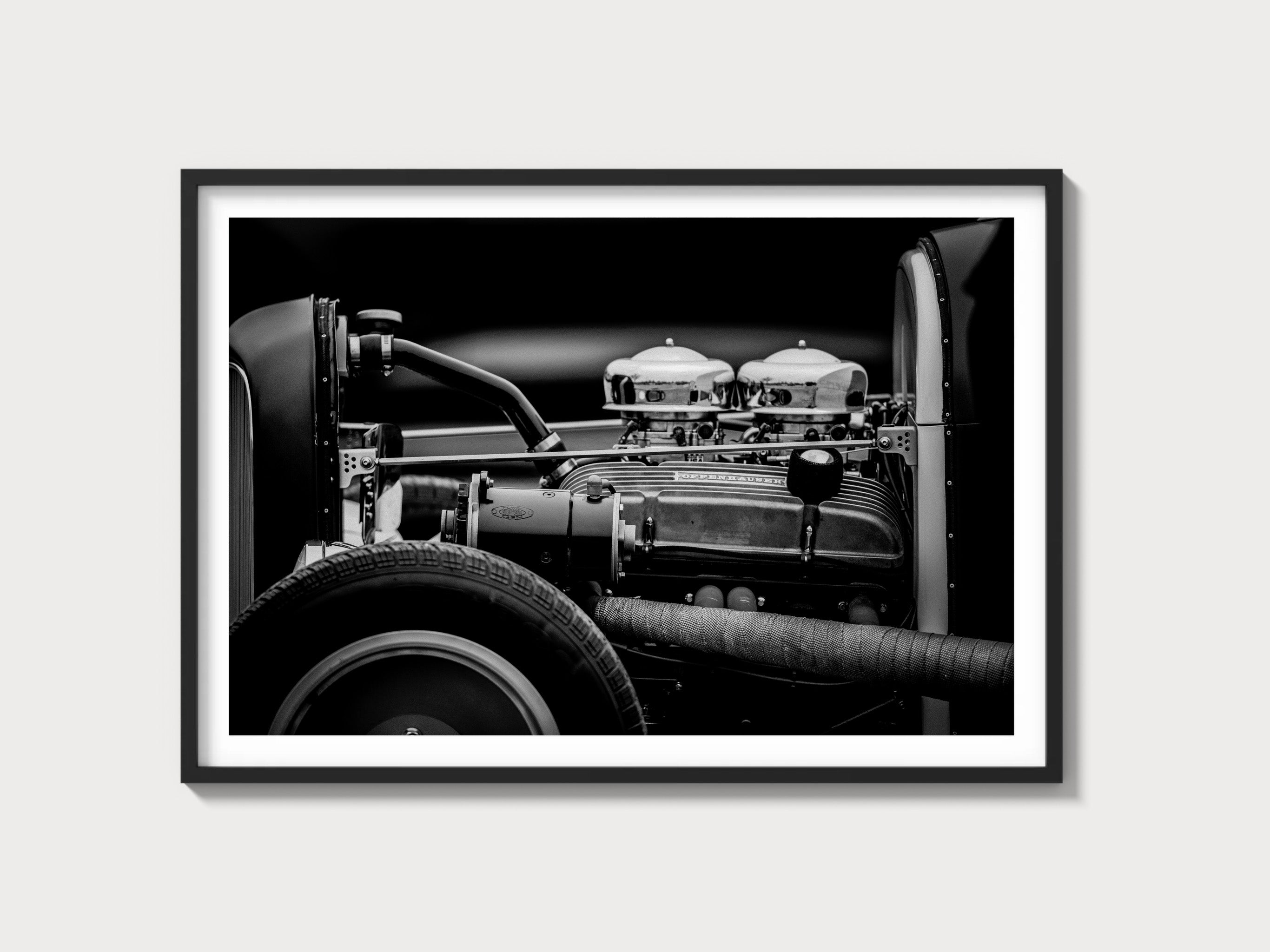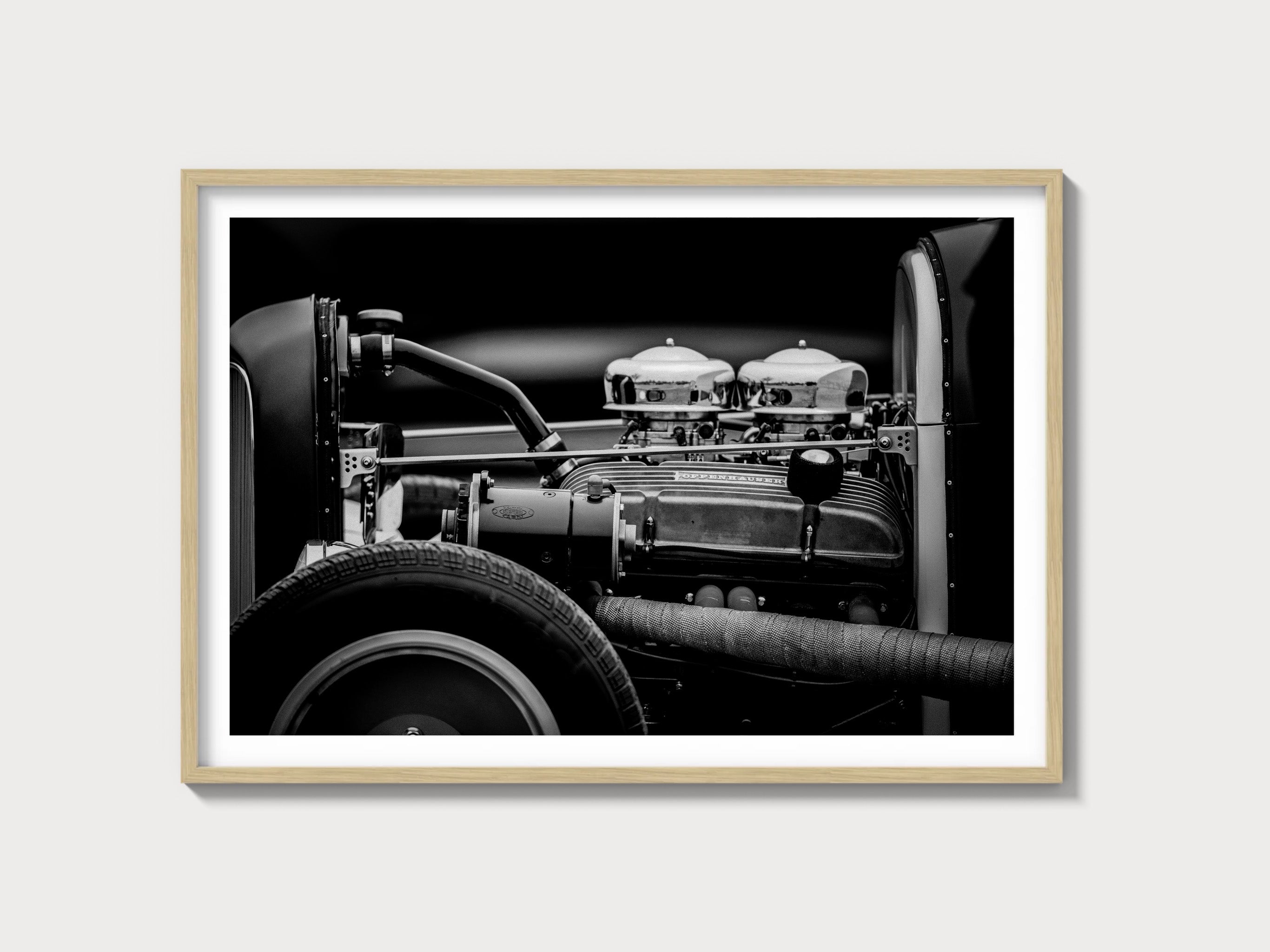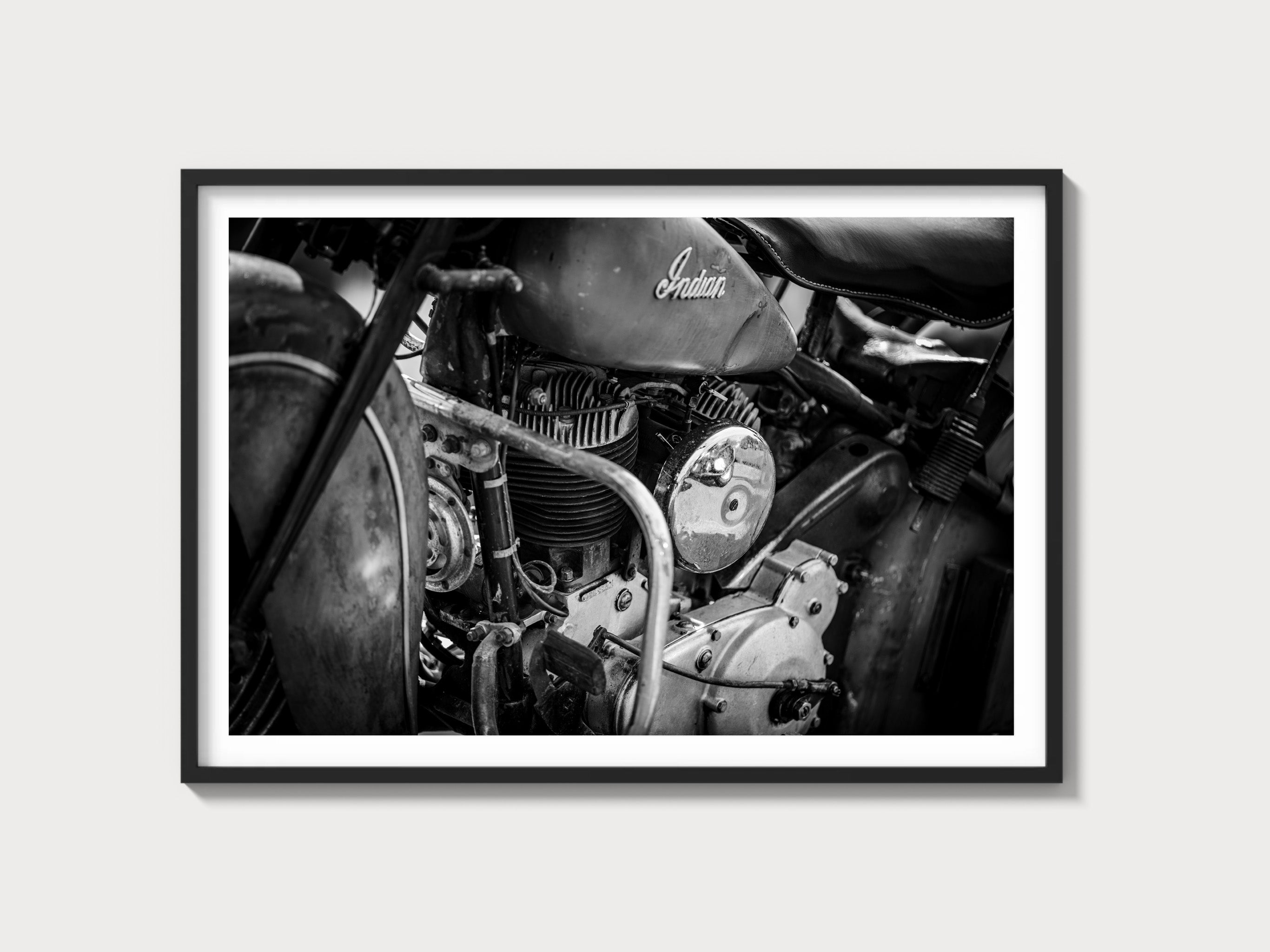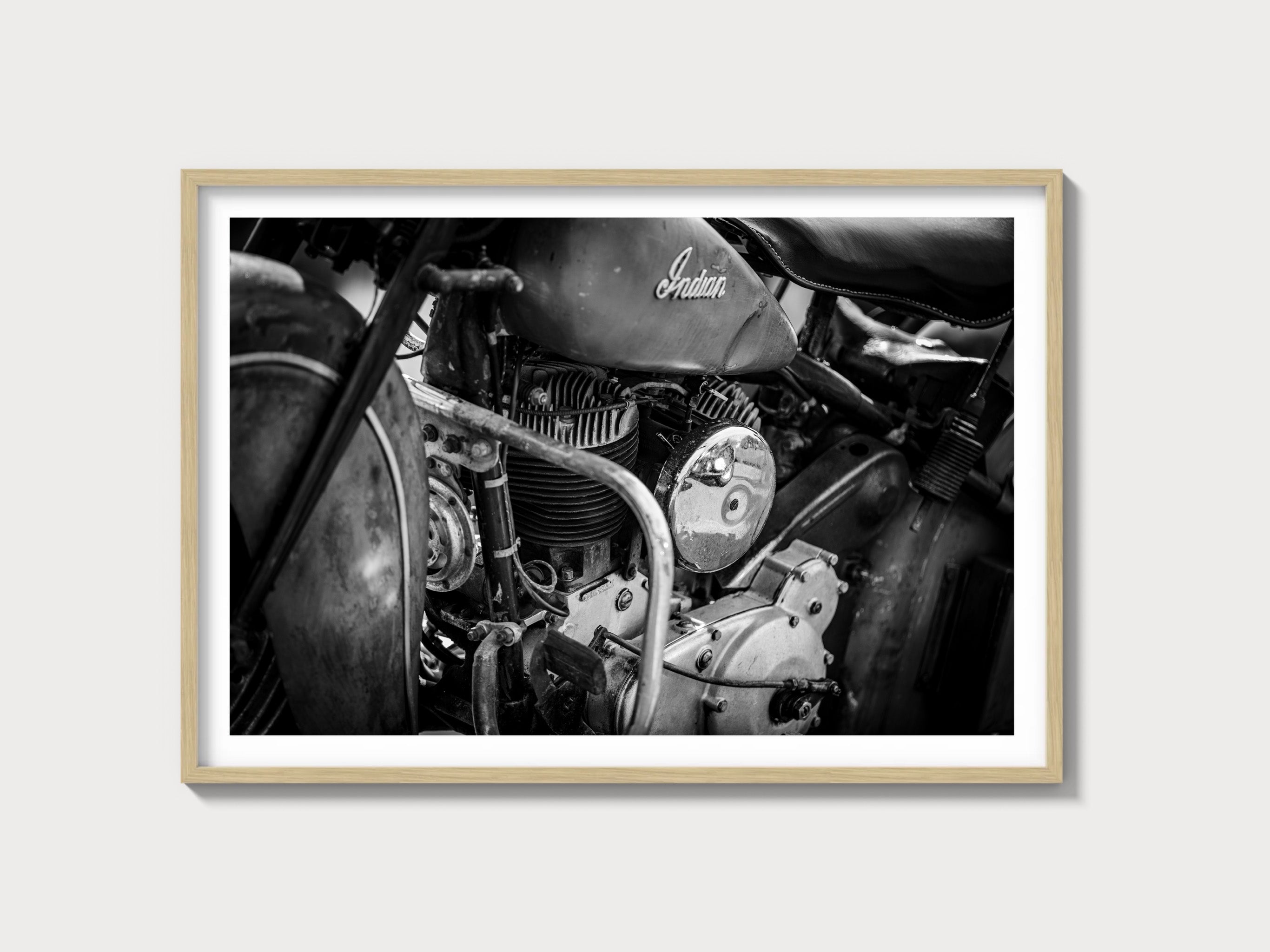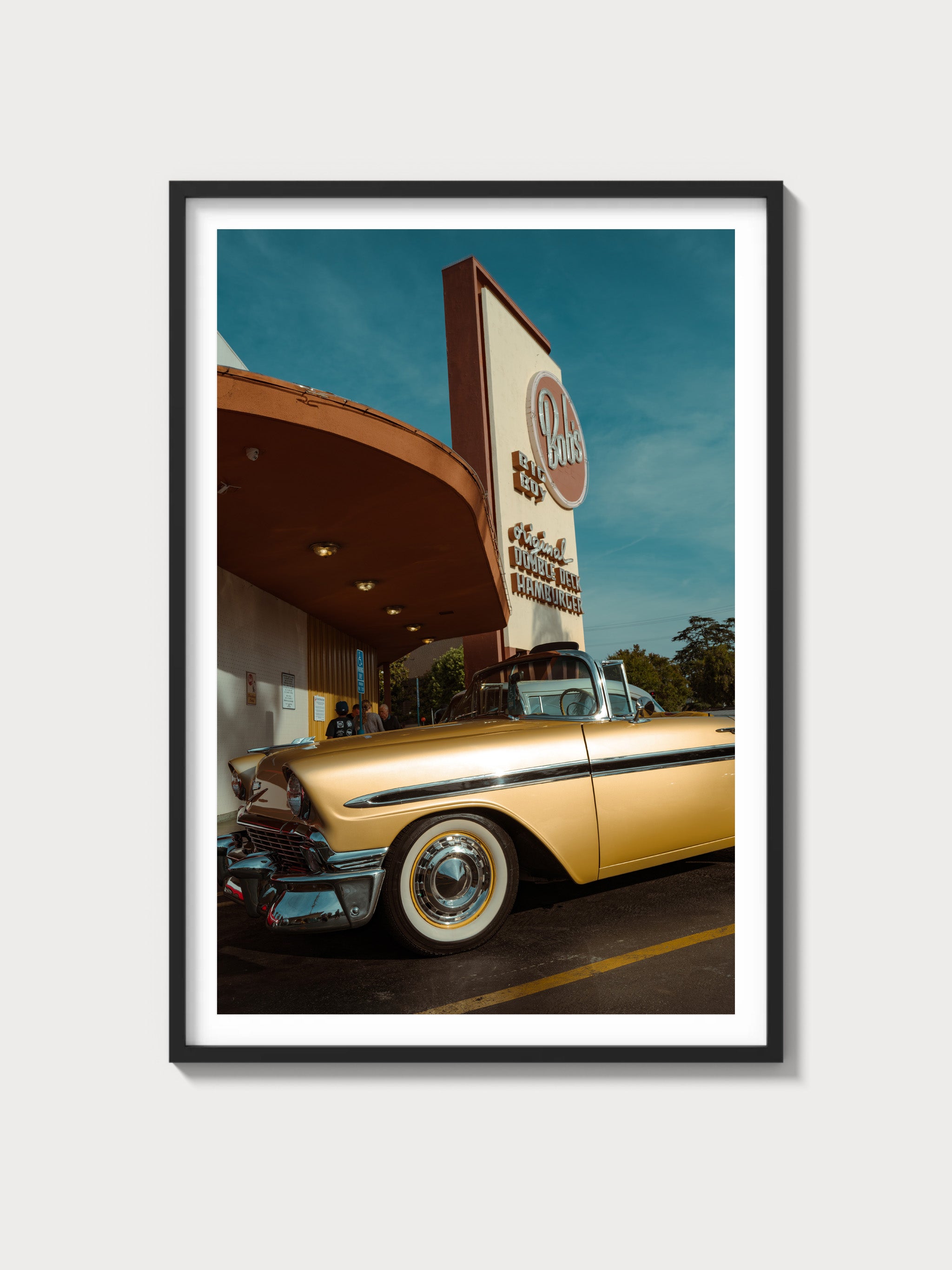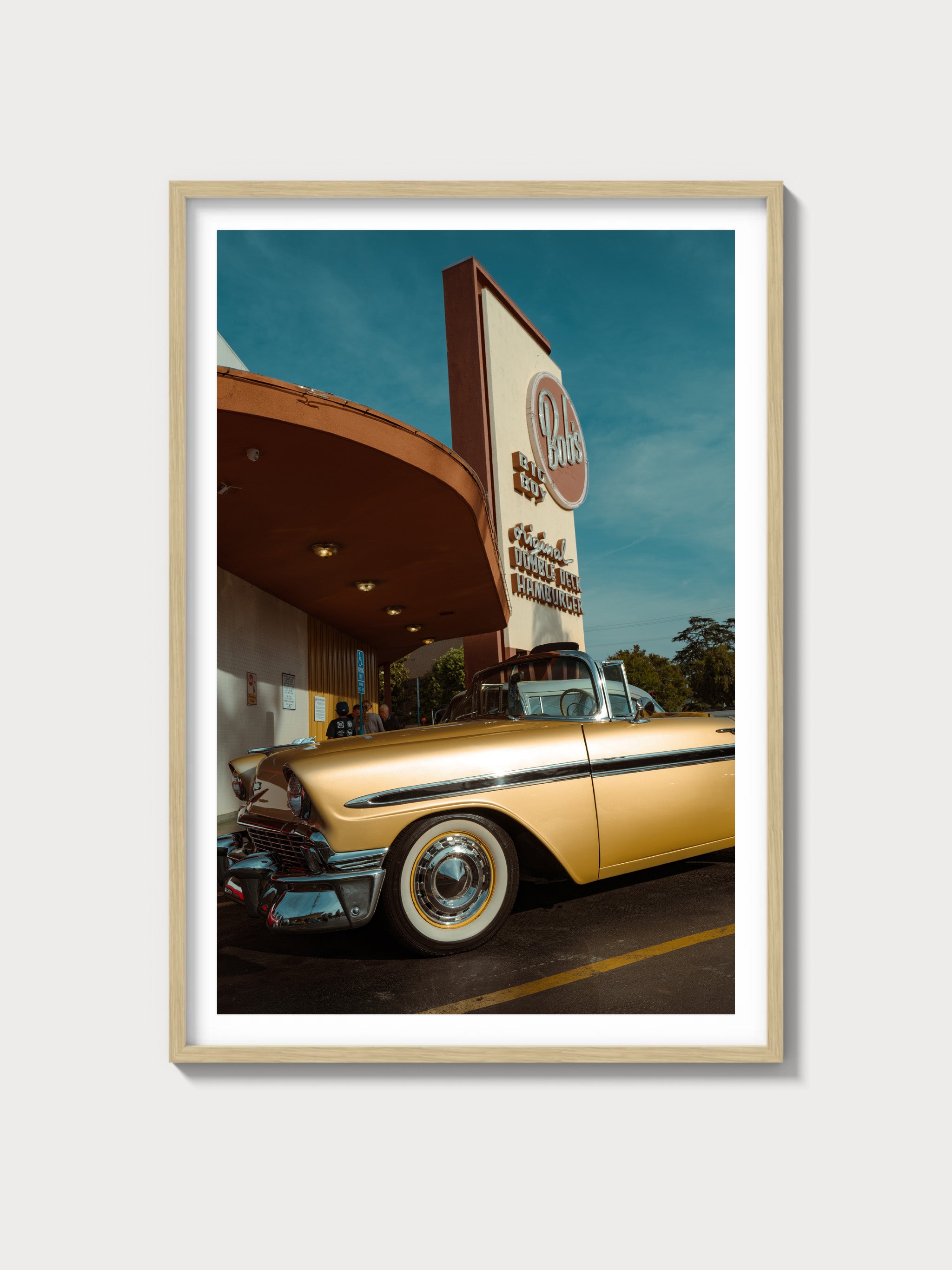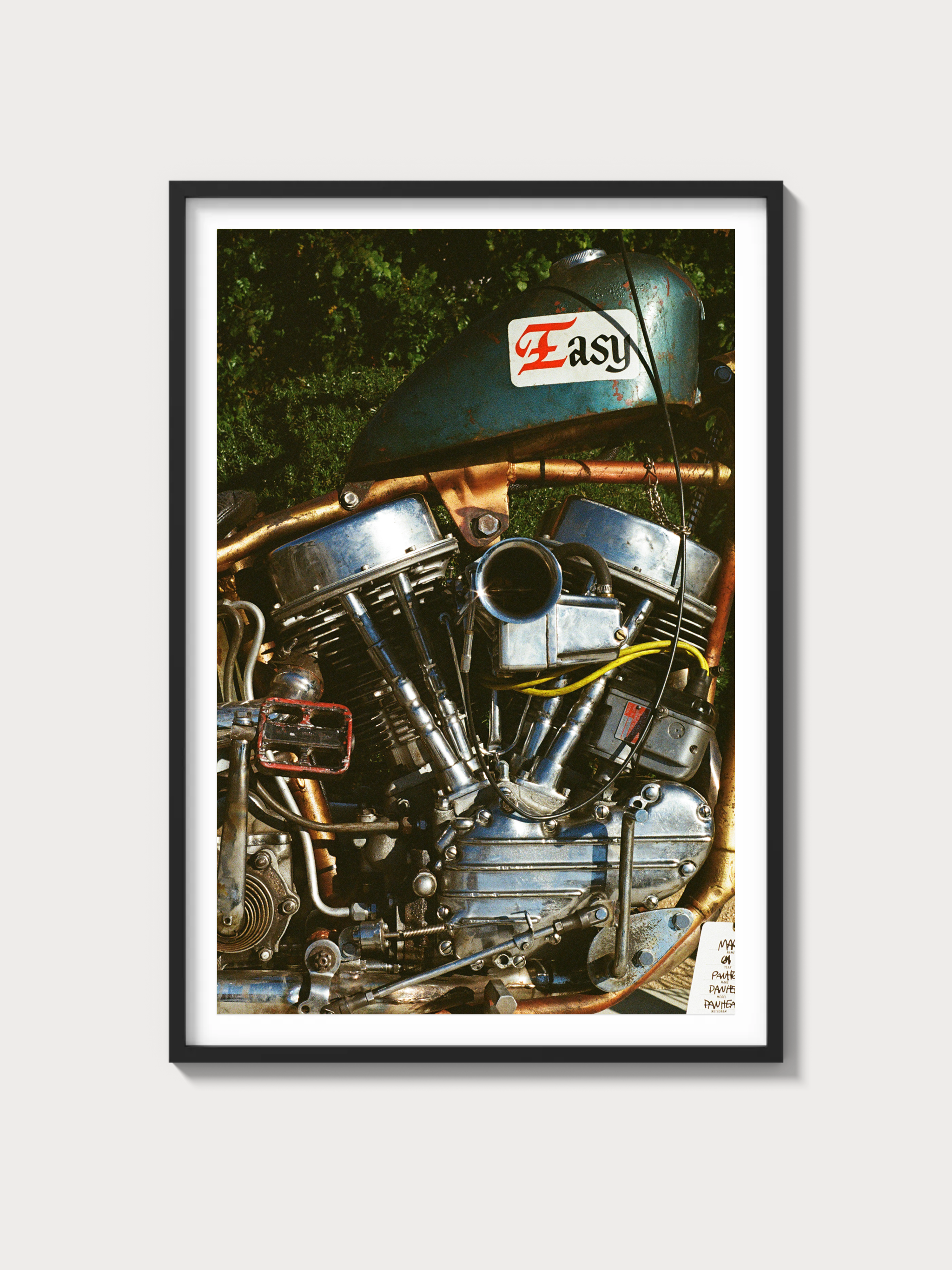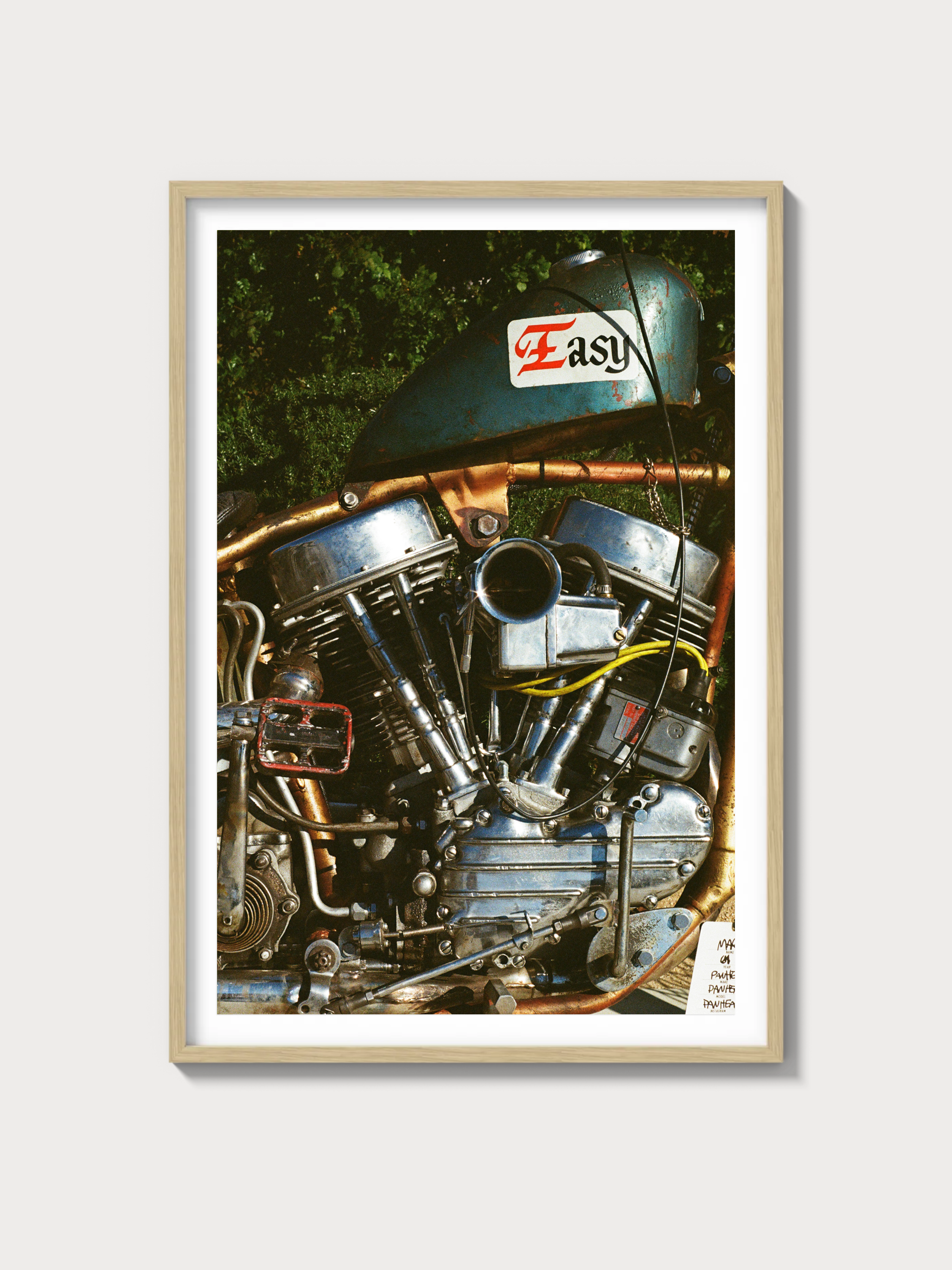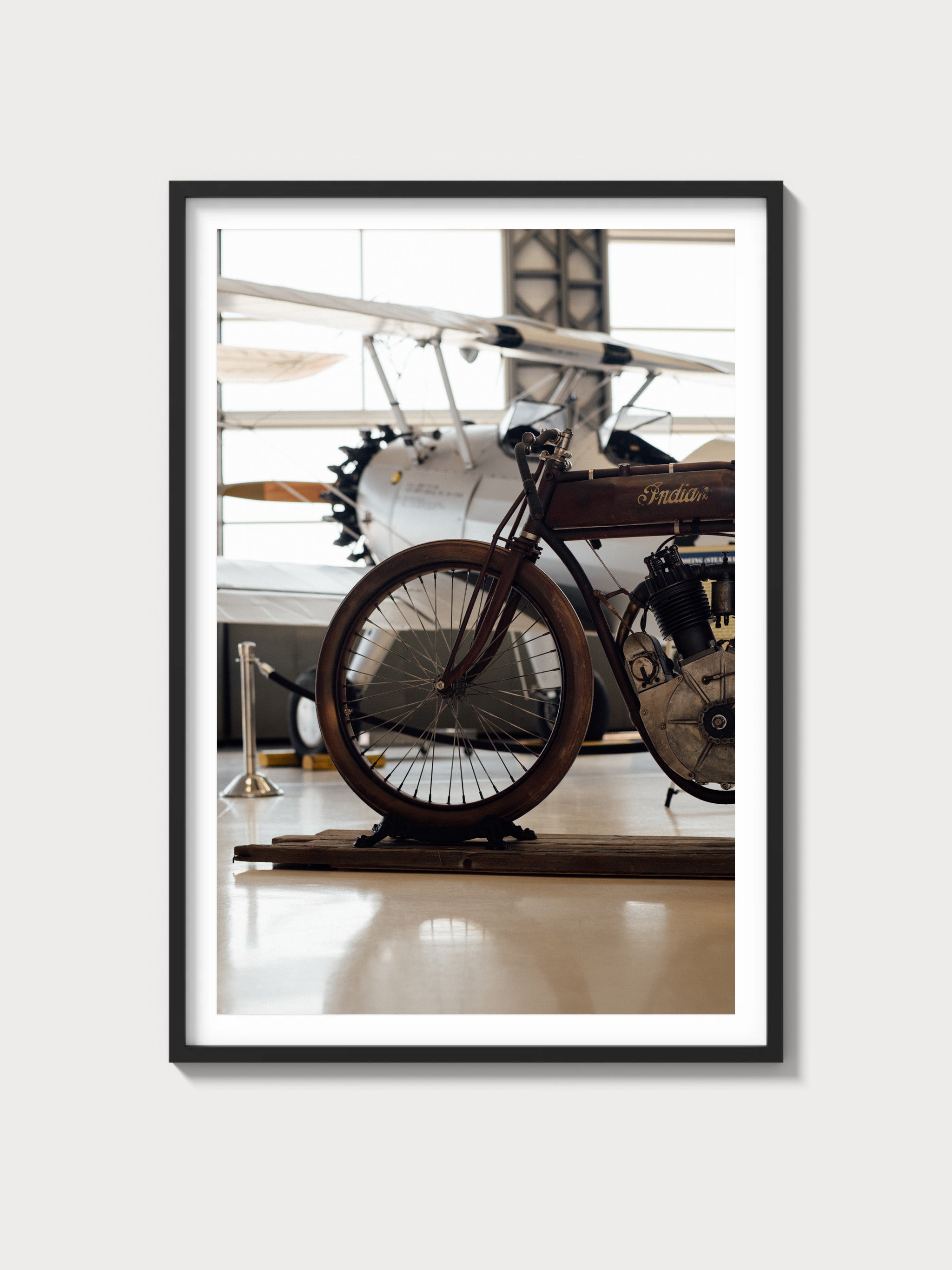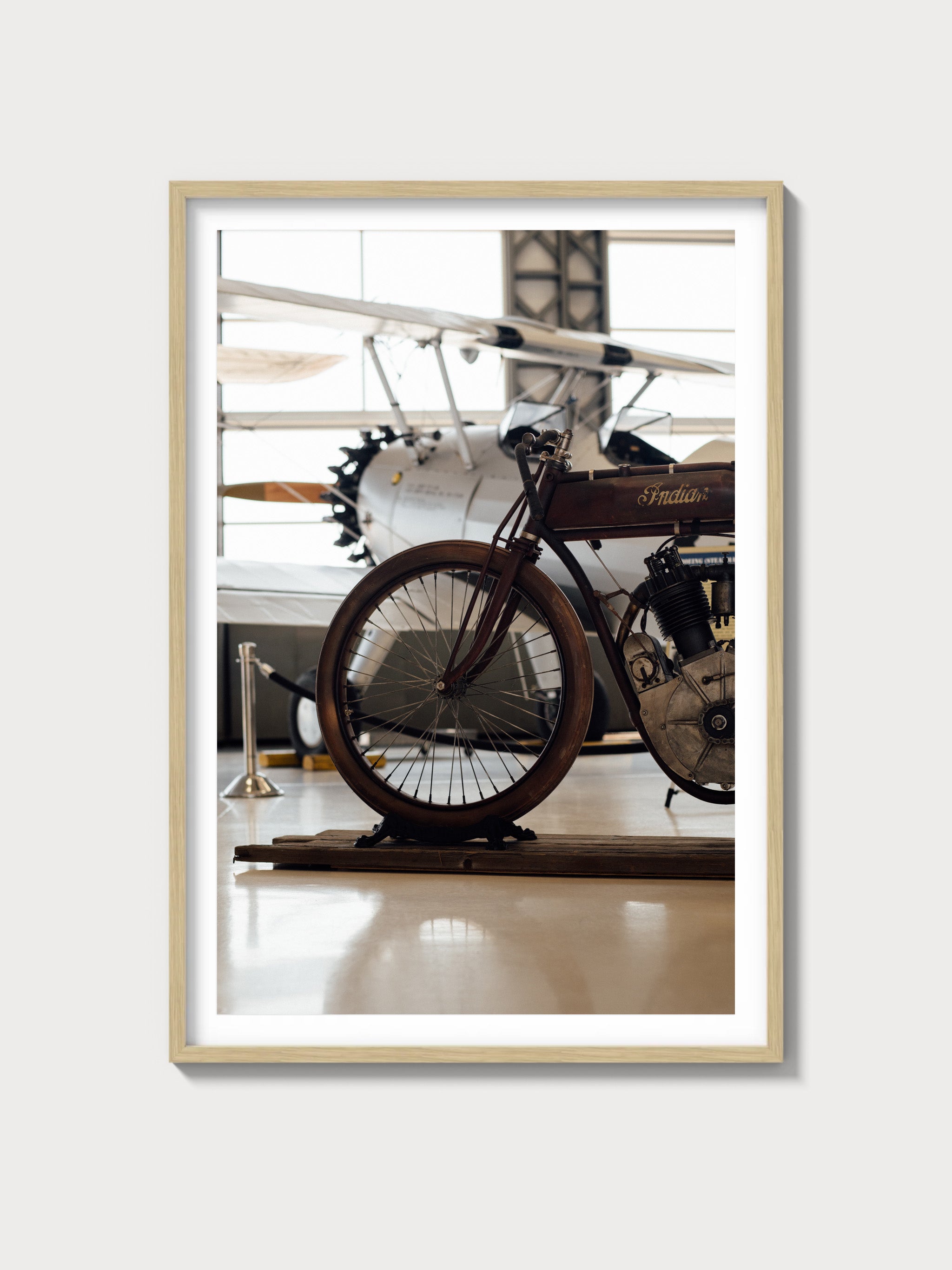The 1966–1970 Ford Falcon Base: A Compact Legend
Historical Context and Development
The Ford Falcon, introduced in 1960, was a response to the growing demand for compact cars in America. By the time the third generation rolled out in 1966, the Falcon had firmly established itself as a reliable and economical option. Designed under the aegis of Ford's 'Total Performance' era, the Falcon base model captured the essence of practicality combined with a touch of spirited driving.
Despite not being a dominant name in motorsports, the Falcon's design ethos influenced Ford's subsequent muscle cars, setting a foundation for models like the Mustang. Rivals such as the Chevrolet Nova and Plymouth Valiant kept Ford on its toes, pushing the Falcon's development to new heights.
Engine and Technical Specifications
| Specification | Details |
|---|---|
| Engine Configuration | Inline-Six |
| Displacement | 200 cu in (3.3 L) |
| Horsepower | 155 hp |
| Induction Type | Natural Aspiration |
| Redline | 5000 rpm |
| Fuel System | Single-barrel Carburetor |
| Compression Ratio | 9.2:1 |
| Bore/Stroke | 3.68 in x 3.13 in |
Driving Experience and Handling Dynamics
The Falcon Base offered a driving experience characterized by simplicity and straightforwardness. Its unassuming inline-six engine provided adequate power for daily driving, while the suspension, though basic by modern standards, was tuned for comfort over sharp handling. The three-speed manual gearbox was standard, lending a hands-on feel to the driving experience that enthusiasts often praise.
Full Performance Specifications
| Performance Metric | Details |
|---|---|
| 0–60 mph | 11.5 seconds |
| Top Speed | 95 mph |
| Quarter Mile | 18.5 seconds |
| Weight | 2700 lbs |
| Layout | FR (Front-engine, Rear-wheel-drive) |
| Brakes | Drum brakes all around |
| Suspension | Independent front, live axle rear |
| Gearbox | 3-speed manual |
Variant Breakdown
The Falcon Base was available in multiple trims and body styles, including:
- Sedan: Basic amenities, high production numbers
- Station Wagon: Increased practicality, favored by families
- Ranchero: A unique pickup variant, blending utility with the Falcon's compact size
Ownership Notes
Owning a third-gen Falcon today is often considered a rewarding experience. Parts availability remains good thanks to a dedicated enthusiast base and the car's simple mechanical layout. Routine maintenance is straightforward, though rust can be a concern given the age of these vehicles. Restoration projects are generally manageable, with a supportive community ready to offer advice.
Cultural Relevance
The Ford Falcon has enjoyed a steady following, appearing in various media and maintaining a presence in classic car auctions. While not as high-profile as some muscle cars, the Falcon's status as a foundational model for Ford's performance cars ensures its lasting appeal among collectors.
FAQs
Q: How reliable is the Ford Falcon Base?
A: Known for its simplicity and durability, the Falcon Base is generally considered reliable, especially with regular maintenance.
Q: What are the value trends for the Ford Falcon Base?
A: While not as collectible as some muscle cars, well-preserved examples can command respectable prices at auctions, reflecting consistent interest among enthusiasts.
Q: Are there any known problems with the Falcon Base?
A: Common issues include rust, particularly in the undercarriage and fender wells, and wear in the suspension components due to age.




